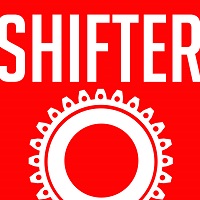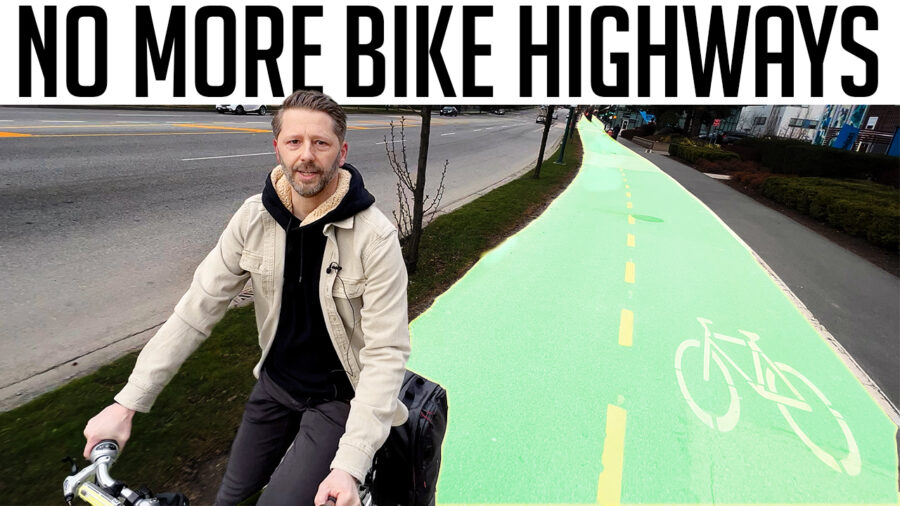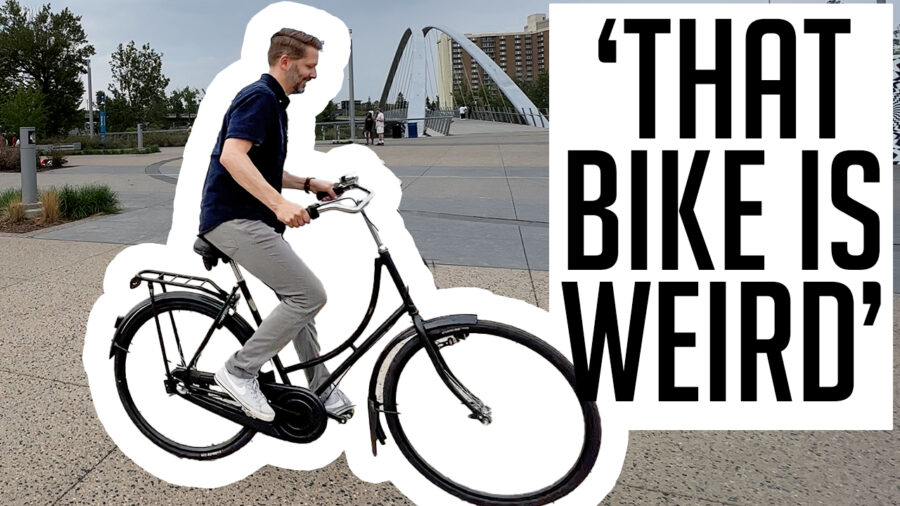It’s here! The first-ever Shifter Global Bike Culture Index, which compares the culture of cycling in more than 100 cities around the world — and it all came from viewers of this channel. And the results are endlessly interesting.
The background: A few months ago, to mark 100,000 subscribers, I asked all of you to help me compare the different cultures of cycling around the world. I had no idea if this would work, because it involved a big request: Asking viewers to record a 20-minute video of cyclists in their city, then tallying up things like types of bikes, clothing, helmet use and demographics.
But I was overwhelmed by the response. More than 100 cities from four continents are represented. And this video is all about the results.
Here’s a map I made with the data (the icon in each city represents the most common type of cycling in that city),
Want to explore the anonymized data yourself? Here is it. If you do something cool with it, please share
For the record: This data isn’t scientific, so don’t read too much into it. It’s just a fun exercise. And I apologize in advance for those cities whose names I mispronounce and for any errors that may have emerged from the data —this was a big project and I did my honest best.



